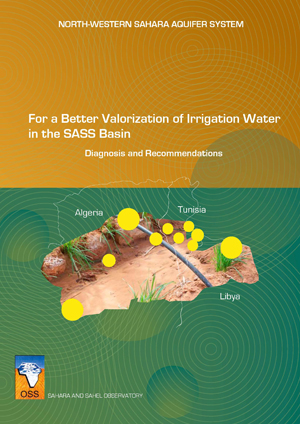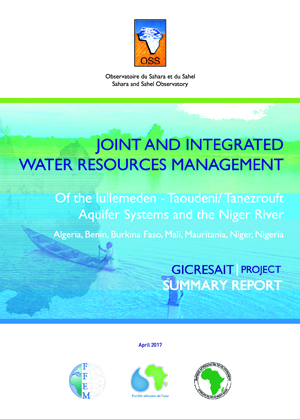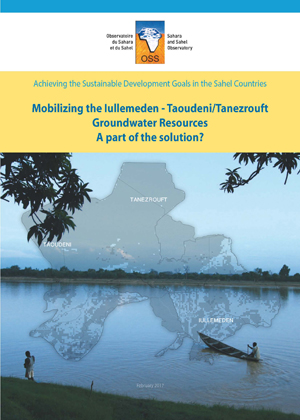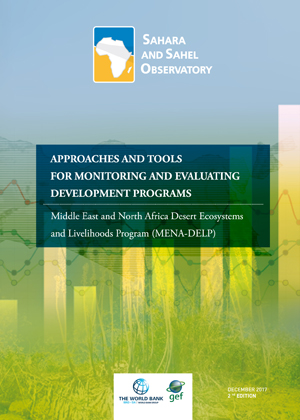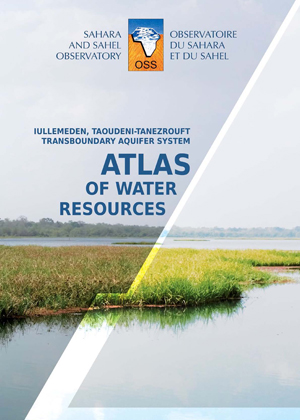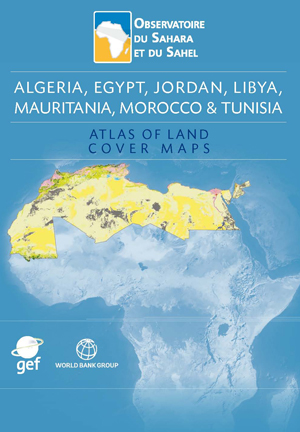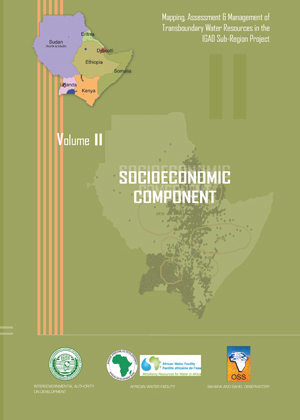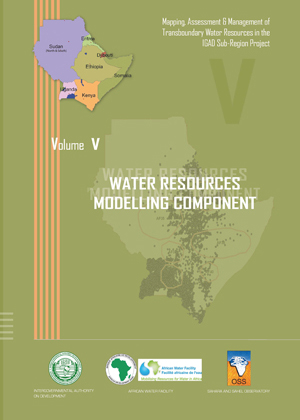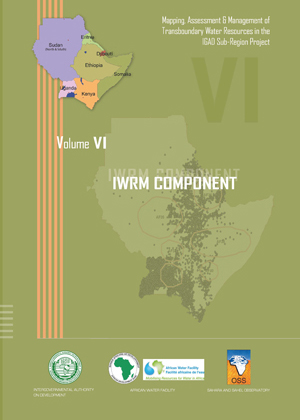Several socioeconomic challenges have underscored the analysis of the water resources of the IGAD Sub-region and their uses. The countries of the sub-region are in an era of serious water shortages, which raises the spectre of looming water insecurity and the prospect of intensified competition for water in the future. The main challenge for the sub-region is, among others, how the water resources will be managed to meet rising food demand while at the same time protecting access of the poor and vulnerable people to the water that sustains their well-being.
This report is based on national data which were significantly complemented and where necessary upgraded with complementary data and information from regional and international sources. To achieve the desired results more effectively, the study focused the assessment and analysis of water use in the most important water-using sectors (this was largely dictated by lack or inadequacy of data for the other sectors), namely water uses in the domestic, agriculture and industrial sectors.
Two models (Water Use Model and PODIUMSIM Model) were examined for potential application in the quantification, assessment and projection of water use. Both models provide tools for simulation of alternative scenarios of future water demand with respect to the variations of the key demand drivers. While the full application of the models was proscribed by insufficient data, they nonetheless provided the conceptual framework used in this study to work projections and scenarios of future water demand.
Key results of the socioeconomic component included, firstly the detailed assessment of the key drivers of water demand in the sub-region, and secondly the projections of future water needs in various scenarios.
While several factors will drive the pressures on water resources, population and its dynamics will be the primary driver of all demands, including water demand (Chapter 6). High population growth is outstripping the pace at which water resources are being developed to meet the various socioeconomic needs of the sub-region. Associated with this is the low and unbalanced funding of the water and sanitation sector, with the tendency to concentrate water infrastructure in the urban centers and giving lower priority to rural areas.
The water issues of the sub-region are exacerbated by the fact that over 75% of the sub-region is classified as ASAL – these areas which are mostly water stressed and have low agricultural potential.
This report made recommendations (i) on population and its impacts on water demand; (ii) on adjustment of water demand and food security; and (iii) on data and data sharing


